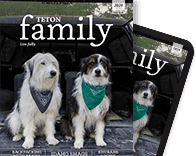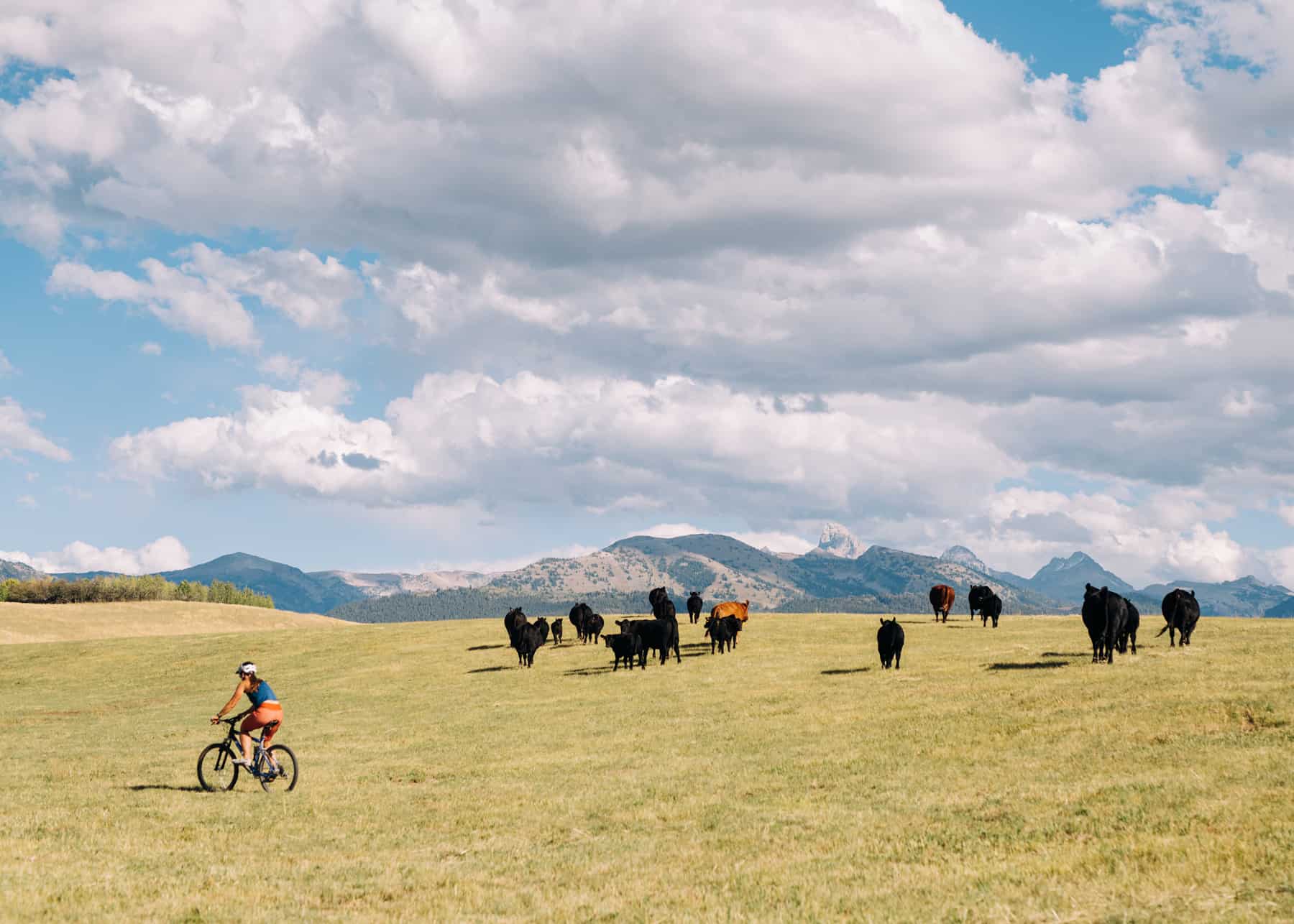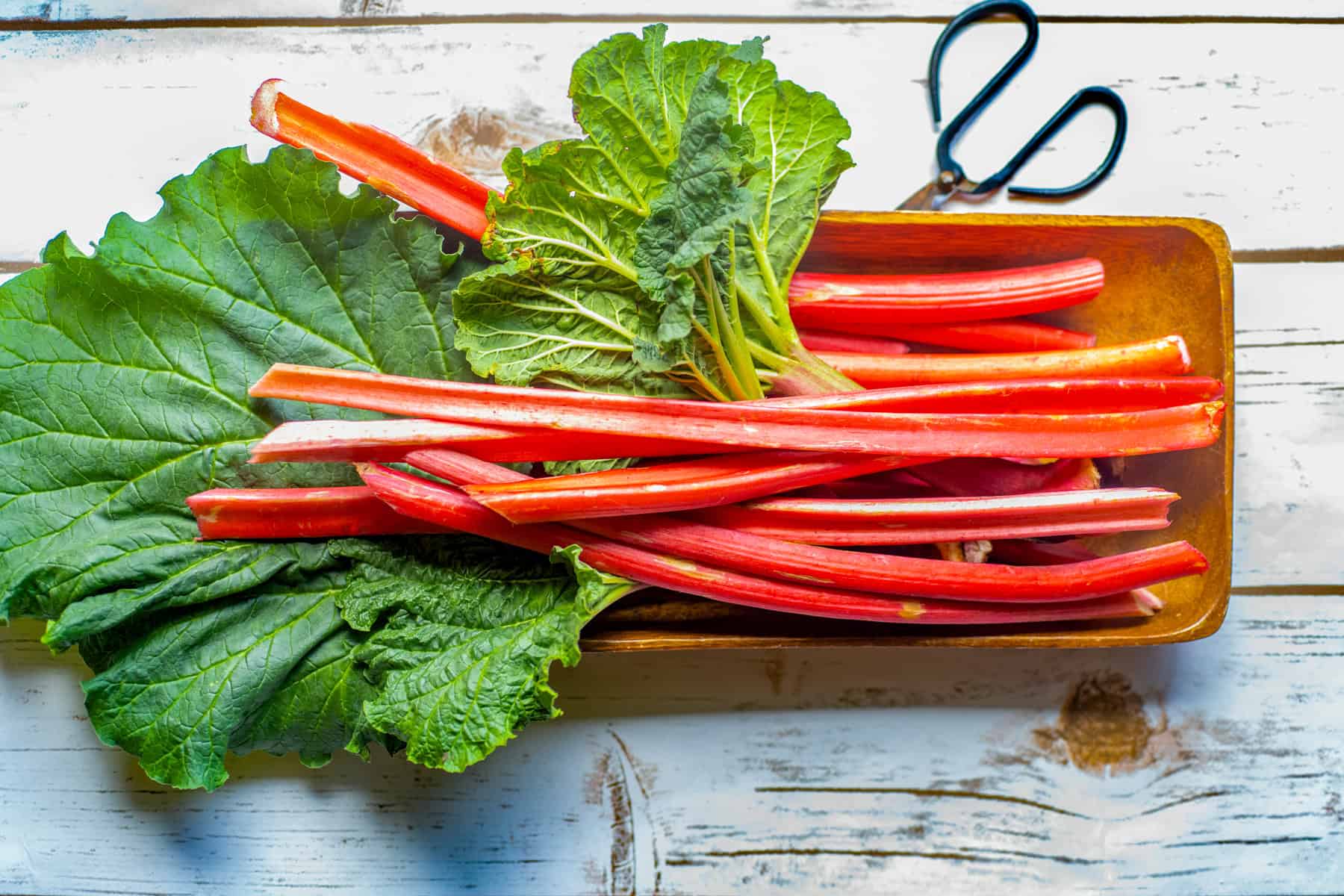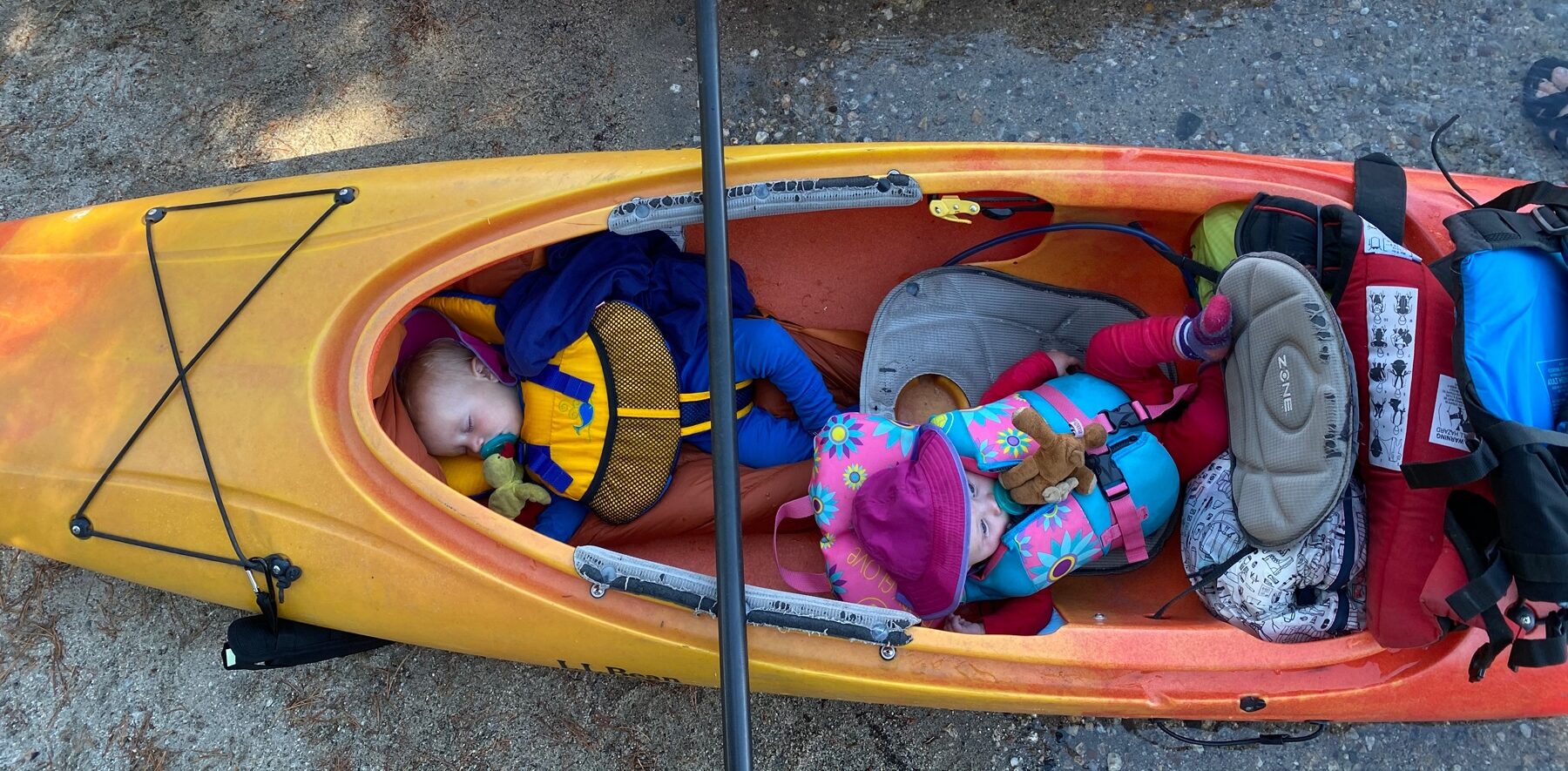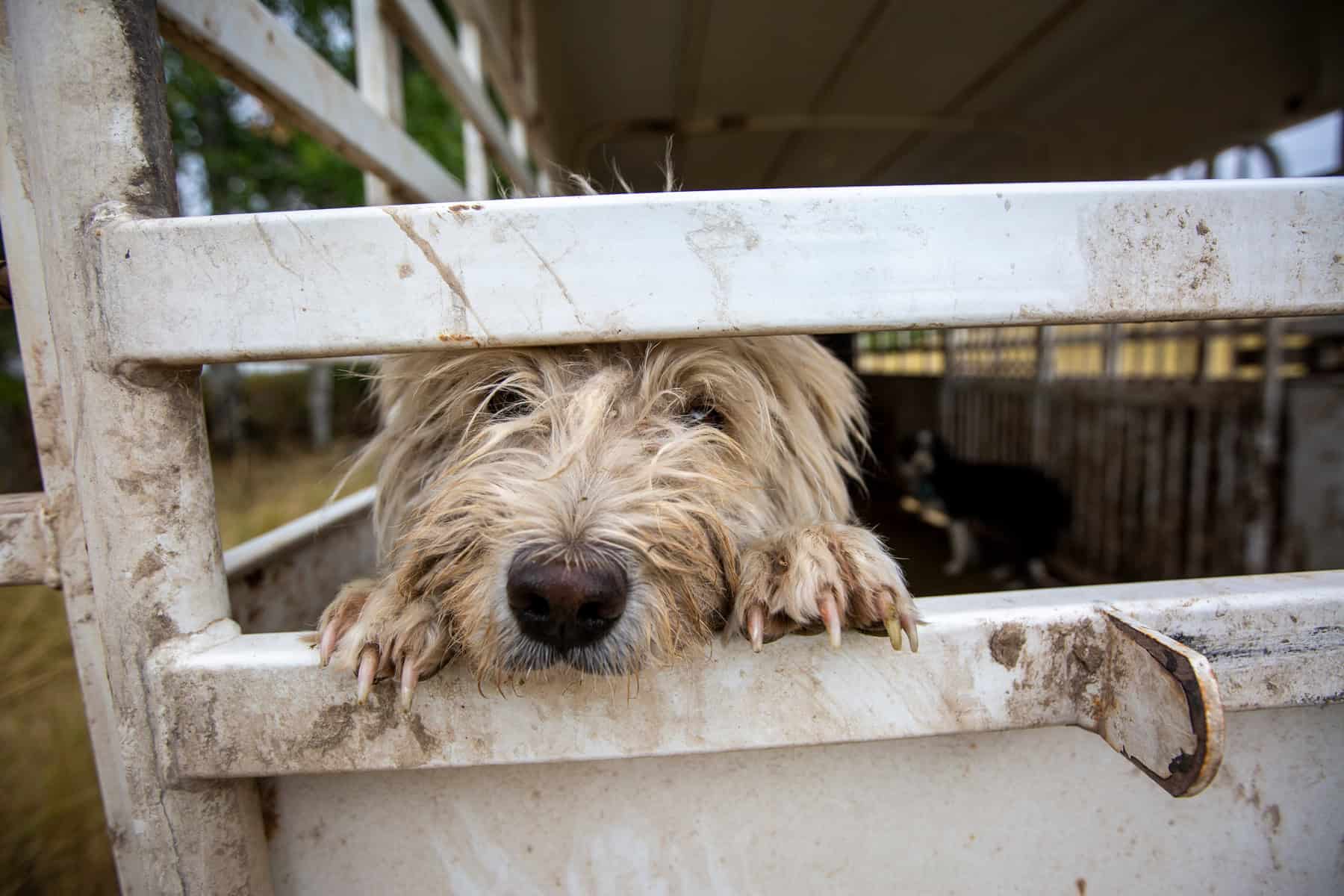By Kristine Kopperud // Photography by Katie Cooney
—
If you hike regional trails during the height of summer, there’s a good chance you’ll be sharing them with cattle or sheep. Maybe you’ve slowed to a standstill on Ski Hill Road, once or twice, to yield to a herd of cows (some with bells on!). Or maybe you’ve come around a bend in the Big Holes and been swept directly into a wooly sea of ewes and lambs. Whatever your opinion of cow pies (and what happens when a bike tire hits one at top speed), range grazing on state and federal lands is branded into this region’s identity.
The practice dates back to the early 1900s, when fledgling land management agencies started keeping track of how much forage (grass, forbes, and shrubs) actually grows on an acre of range, and how much grazing said land would support in a given growing season (generally June through September). Over time, the United States Forest Service, Bureau of Land Management, Idaho Department of Lands, Wyoming State Lands and Investments, and livestock producers settled on a rate of land rent in terms of an animal unit month (AUM), or, in layman’s terms, the forage to support a cow and her calf, or a ewe and her lamb(s), for one month.
Producers apply for a permit to graze a defined area, known as an “allotment,” once every decade, and then file a management plan (which discusses which parts they’ll graze when), and pay their annual fees per head of livestock. Range specialists, like Matthew Makinson of the U.S. Forest Service, spot-check for compliance throughout the season, ensuring lands aren’t overgrazed (meaning, plants aren’t browsed so short that it kills or stunts regrowth) and that animals go out to pasture, and come back off again, when producers say they will.
“But that’s where the paper trail ends and living history begins,” says Jay Pence, district ranger for the Teton Basin.
“On the books, grazing permits look like really inexpensive feed for livestock, compared to the cost of leasing private land,” he explains. “But there are several conditions [and several time-tested skills] that don’t meet the eye that make range grazing—and doing it well—pretty impressive.”
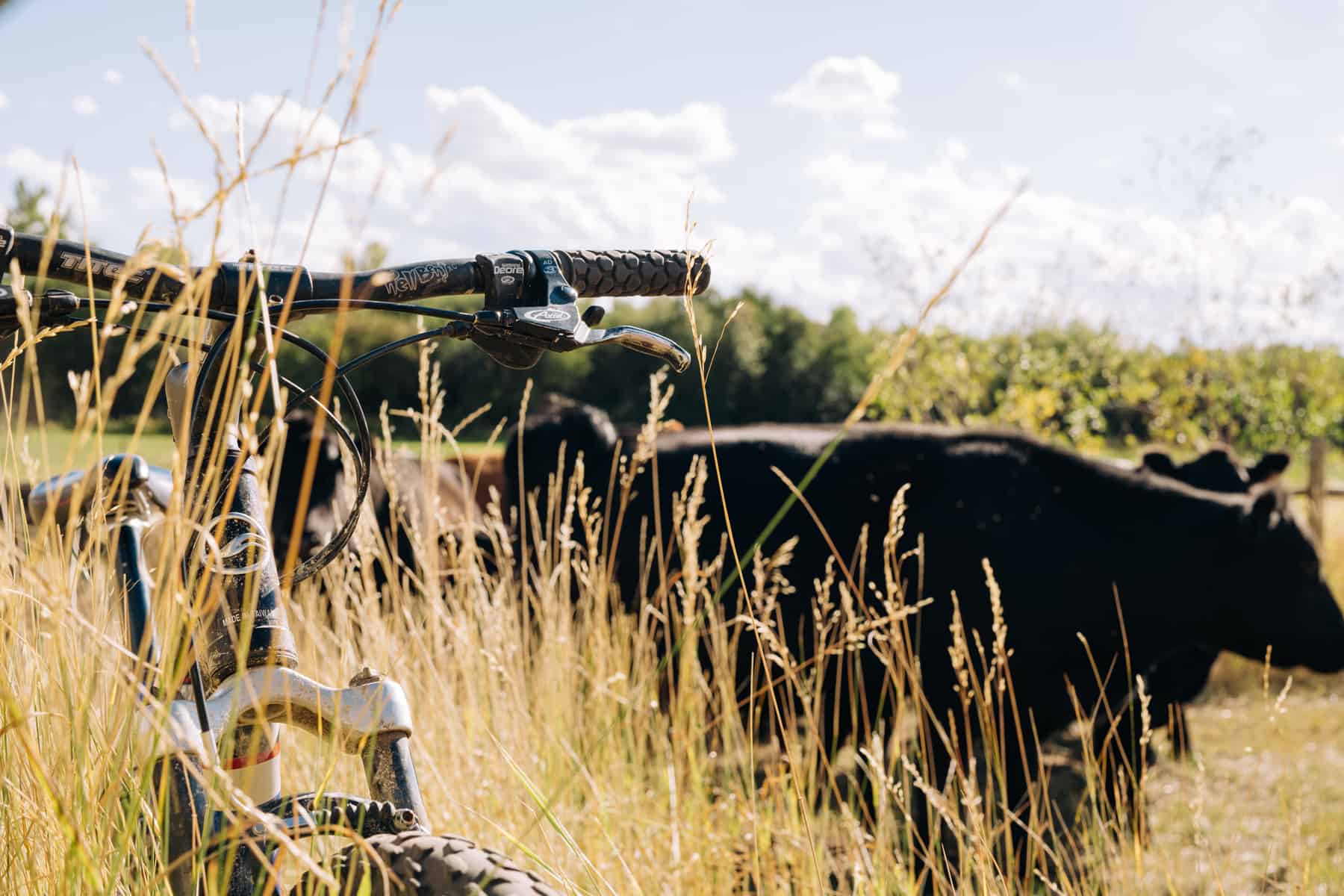
First, only animals owned by and bearing the brand of the permit holder are allowed on any given allotment. In fact, the permits on public record don’t even name names, just the brand(s) and their location on the animal (i.e., left hip).
Secondly, the permit holder must also own qualifying “base acres” in the valleys, ensuring the animals have winter feeding grounds and a safe haven, in the event they must be removed quickly, due to drought, fire, or flooding on the range.
Finally, permit holders must maintain internal fences on the allotment, as well as water troughs, mineral feeders, and any other management structures, and be well-equipped to check on and move the livestock on rugged terrain, often on horseback.
These requirements prevent absentee livestock investors—like the roving herdsmen valorized in the 2003 movie Open Range—from grazing forage needed by locals, or, in modern times, from monopolizing permits on public land. The brand-land relationship also makes it pretty rare for permits to change hands, so range grazing is often a generational family business.
Billie Siddoway’s family (featured in our last edition) has been running herds of sheep on the southwest rim of Teton Valley since the 1880s. Today, their 7,000 sheep graze 400,000 acres—a combination of land managed by the Forest Service, BLM, and the State of Idaho, in addition to owned or leased private land. A napkin average of forage available, divided by forage needs of the animals, suggests that the sheep are using just 2.25 percent of what the lands could produce, estimates Siddoway. This low-impact grazing system moves the needle toward the two big goals of grazing public land: Forest and forage health, and watershed improvement.
Cattle and sheep eat “fine fuels” (those that would burn one hour after being soaked by rain), Pence explains. This may reduce the intensity of forest fire or slow its spread. Having diverse, healthy ground cover in the forest holds moisture and prevents erosion due to rain or snowmelt. Water filtration through healthy soil can also improve water quality. Finally, livestock browsing and movement helps keep trails and popular vistas clear and accessible. When the area became a destination for the 2017 total solar eclipse, for example, permit holders were asked to graze off popular camping and hiking areas a few weeks beforehand to cut down fire fuels.
“Forage improves with utilization,” says Siddoway. “Rangelands that are not grazed for extensive periods can become dominated by invasive weeds and brush. For example, I live in Victor, in an area that we used historically when moving sheep out of the forest. Since the 1950s, it had been grazed heavily for a few days each September.”
“A few years ago, the Forest Service asked that we transport the sheep from the other side of the highway to avoid traffic impacts. Within two years, grasses were thinning in what had been a lush meadow. I brought in some sheep and goats to graze, and the range has returned to its healthy, diverse state.”
Grazing on forest lands is not without controversy, Ranger Pence adds, citing livestock predation by reintroduced gray wolves, expanding grizzly bear habitat, and concern over contamination of wild species by domestic herd disease. In addition, Idaho and Wyoming are still “fence out” states, meaning that landowners adjacent to forests must maintain boundary fences to prevent herds from accessing their property.
And despite the historical use of large dogs to guard herds of sheep on forest allotments, it’s still common for trail users to misunderstand the dogs’ job and training.
“Guard dogs out on the range are not enthusiastic to interact with people,” says Siddoway of the four Great Pyrenees her family places with each of their herds. “When a person is recreating near sheep—even a mile away—a guard dog may approach, bark to let the person know she is there, and watch to assess whether the person is a threat. If the situation looks non-threatening, the guard dog will wander away.”
“As mountain biking became popular, we started riding bikes around the dogs so they would recognize them as non-threatening,” Siddoway explains. “We also operate motorcycles, chain saws, and other equipment that they might encounter. If a dog appears aggressive, it is probably because the person is doing something unfamiliar to which the dog has not been socialized. The best thing is to appear more like a regular person (getting off of a bike and walking, or removing an odd hat or jacket) and then walking slowly away from the dog.”
While sheep herds often have a dog, or a human herder, keeping them together on the range, cattle are more independent grazers, requiring management on horseback.
“We’re out riding the allotments most every day, looking for any sickness in the animals, and making sure they’re not overgrazing,” one local rancher explains. “We’re also checking that cattle aren’t beating up creek beds by lingering in the water.”
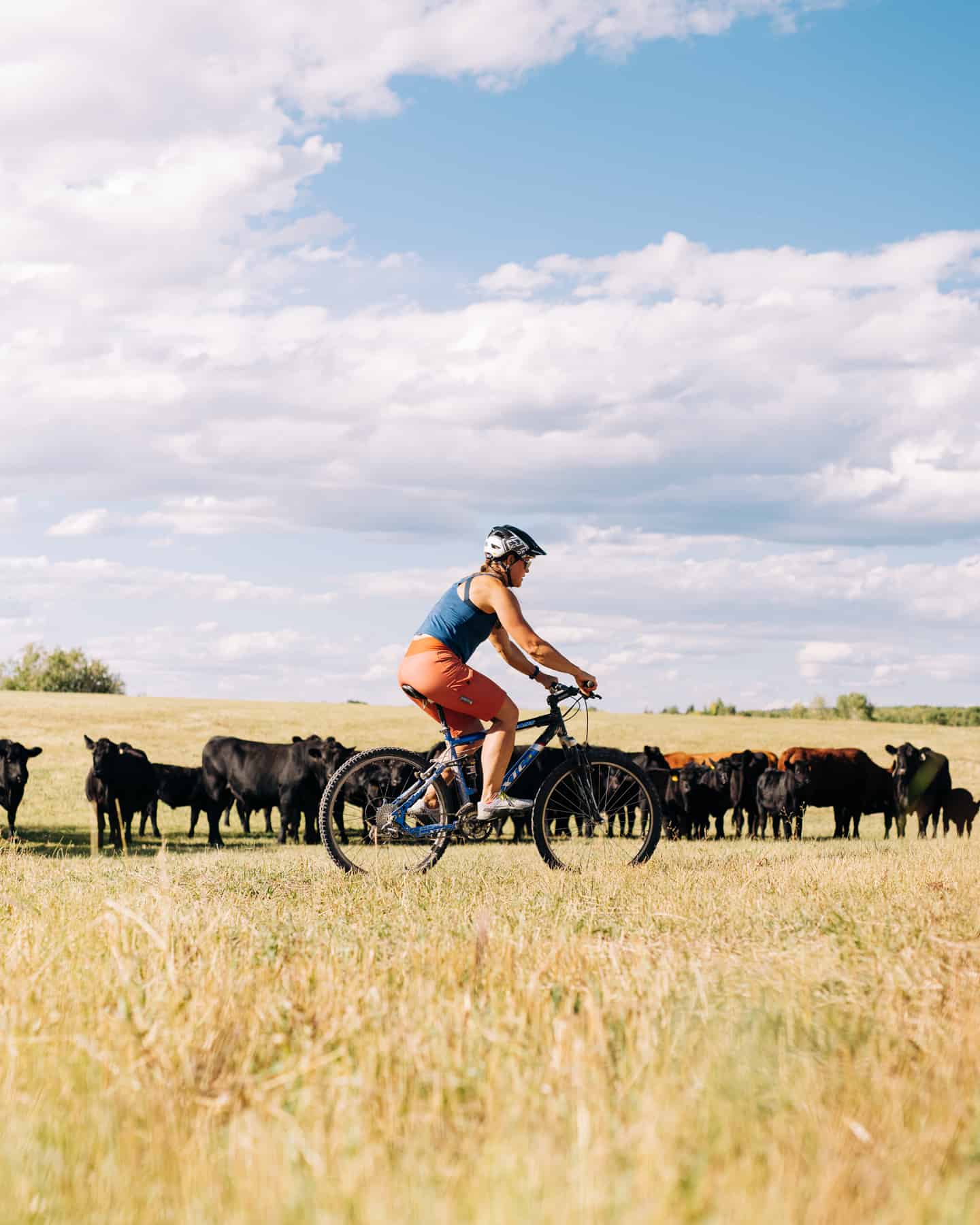
“Downhill trails often create challenging trail-sharing situations for cattle,” this rancher adds. “If a bike comes flying down, there’s going to be a ‘Hail Mary.’ It’s really hard for either cattle or horses to get off the trail before they run into you.”
Moral of the story: Expect to encounter cattle, other riders, or wildlife and adjust your speed accordingly.
Grand Targhee Resort, nestled in the Caribou-Targhee National Forest, borders grazing allotments, usually stocked in the summer months with cow-calf pairs.
“We’ve always had a good working relationship with permit holders,” explains Mark Neff, director of mountain operations, though occasionally cattle wander onto the resort’s slopes, or find some other hole in a fence. “I just call up the producers, and they’ll say, ‘Give me half an hour,’ and there they are on horseback, moving the herd without any issue.”
Neff, also an avid trail user and road cyclist, knows firsthand how treacherous a cow patty can be for a 23-millimeter tire traveling at 25 miles per hour, but the benefits (cattle keeping tall grasses in check and reducing other thick vegetation) outweigh any annoyance.
“If you look at the big picture,” he says, “it’s a successful thing, and it needs to continue.”
For more information on rangeland recreation (which can pertain to both Idaho and Wyoming), visit the Idaho Rangeland Resources Commission at idrange.org/recreation.
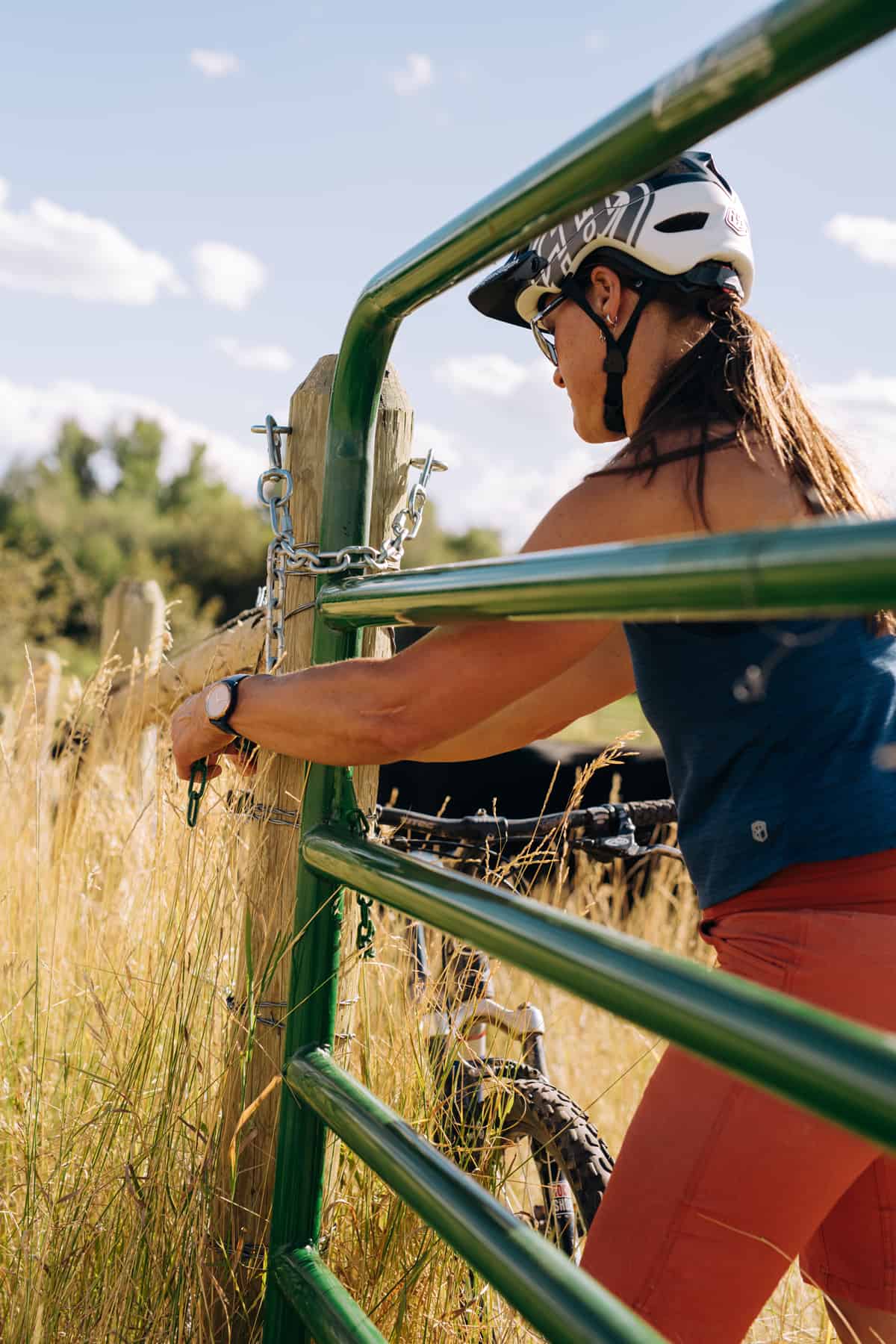
Best Practices for Sharing Trails with Livestock
(aka, mutual respect goes a long way.)
- Get out the map. Jackson Hole and Teton Valley are comprised of a patchwork of private and public lands. Boundaries aren’t always fenced. Make sure you know where you’re going before you set out.
- Pay attention to gates. If you pass through a gate that is closed, close it behind you. If a gate is open, leave it open. (This will be obvious.) Open gates allow livestock to move to fresh pastures and access water sources.
- Listen up! Don’t use earbuds or headphones while on the trails. Listening for livestock in the brush (or for the bells on their collars) may prevent you from startling or colliding with them.
- Minimize stress. Manage your speed to allow livestock, or riders on horseback, to get off the trail before proceeding. Remember—cattle, sheep, and horses have a strong flight instinct as prey animals, and can spook at sounds and movements that make them feel threatened. Avoid pushing them down the trail ahead of you. This could move a herd into an unintended grazing area, or separate young animals from their mothers.
- Be savvy of guard dogs. Many sheep herds employ large dogs that stay with the sheep for protection from predators. They are not pets, but they are highly conditioned to humans. If you encounter a guard dog, proceed slowly while talking to the dog to let it know you’re human and not threatening to the herd. When biking, get off and walk, keeping the bike between you and the dog. If a dog continues to investigate you with suspicion, walk slowly away from it. Don’t run or ride away quickly, as this might entice the dog to chase you. In most cases, guard dogs will watch you for a few minutes, then wander away.
- Keep dogs leashed. Do not allow them to chase or harass livestock or wildlife.
- Don’t tamper with waterers, mineral feeders, or fences. These resources are managed by grazing permit holders and are critical to livestock health.
- If you see something, say something. If you see anything unusual—like dead or injured livestock, or if you witness harassment of livestock or wildlife—notify the Forest Service or BLM.
